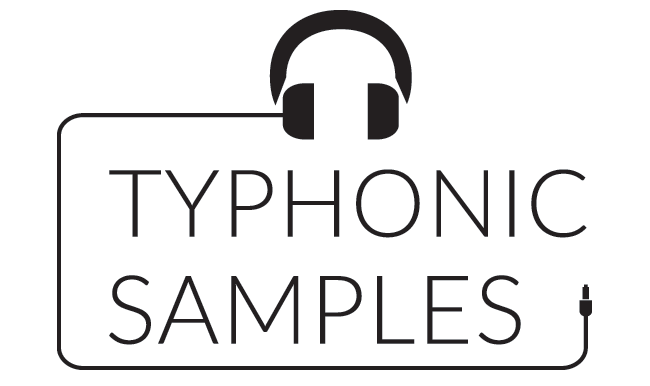Welcome to another episode of the Music Production Series! Last two episode we discussed some basics about mixing & balancing your track. Episode 1 – Episode 2. A big part of mixing and balancing are equalizers & equalization.
What is Equalization and what are equalizers?
Equalization or the process of ‘equalizing‘ means you can – in detail – manipulate the volumes of the frequencies a sound resonates in. There are loads of handy ‘equalizer plugins’ that will help you do that.
Hertz or ‘Hz’ is the unit of frequency. All hearable frequencies range from approximately 20 to 20,000 Hz. To make all of this a bit more clear: The sound a bass generates can be found in the lower Hz of this scale. Where as the sound of birds chirping, for example, can be found way up the scale. It is a matter of practice and training your ear to reach a point where you can hear a sound and accurately estimate the range of frequency it vibrates in! This development will be a positive factor for producing, as you learn to detect all the frequencies you want to manipulate better and better.
Low, mid and high ranges of your equalizer.
Within the field of producing there are some key terms that come in handy: Low, Mid and High. This basically means the scale of (approximately) 20-20,000 Hz is divided in three rough sections. Roughly, Low is anything under 500 Hz, Mid ranges from 500 – 4000 Hz and High will be anything above 4000 Hz. – Again, this is a rough sketch, as opinions differ! So whenever you read up on some stuff regarding ranges etc., you’ll be able to identify them a bit quicker!
What does equalizing your sound mean?
The process of equalizing a sound means that you drag a sound into one of you mixer channels and then you load an equalizer plugin/VST by your choise on that channel. As said before, this equalizer plugin will allow you to influence the volumes of all the frequencies in detail. Each sound is unique and therefore will have its own vibrational spectrum. See the following image for a sound being played in an equalizer, and vibrating in all of its frequencies at the specific time of the image being taken (the reddish glow is how the sound is vibrating and the numbers on the lower x-axis represent the Hz Range):

Why do I equalize my sound?
Equalization of a sound is something most producers do to almost every sound they work with. Reason being, you can simply make a sound way more rich and beautiful in experience. You can ‘clean up‘ a sound by eliminating unwanted frequencies and you can work around ‘pain borders‘. -> Some raw sounds you want to use can have unpleasent vibrations in some ranges of frequency and you might simply want to lower the presence of them! As discussed in earlier episodes, ideally you want that your mix can be played loudly, without sounds being annoying or painful. Equalization is a big part of reaching that point! The benefits of equalization don’t necessarily stop there. Most equalizers you will be working with, have dragable pointers. A pointer counts as a knob, and knobs can be automated to clips! In Episode 2 I explain what automation clips are and how to use them.
So, hopefully my explanation of what equalizing is and what the benifits are is clear to all of you! If you are new to this, and feel uncertain about some stuff, I strongly recommend you to read up a little bit here and there! With most musical program theory, it all seems a bit more complicated than it actually is. So definitely don’t let the appearance of it all demotivate you! I can assure you that once you get the hang of functions, you’ll be like; “Ah, is that it?”!
Next episodes I will indulge in the actual equalization processes! I wanted to get the basic theory out of the way, as it forms the fundament for understanding actual equalization.
Stay tuned, and make sure to check out our article about the 5 best Reverb plugins!

